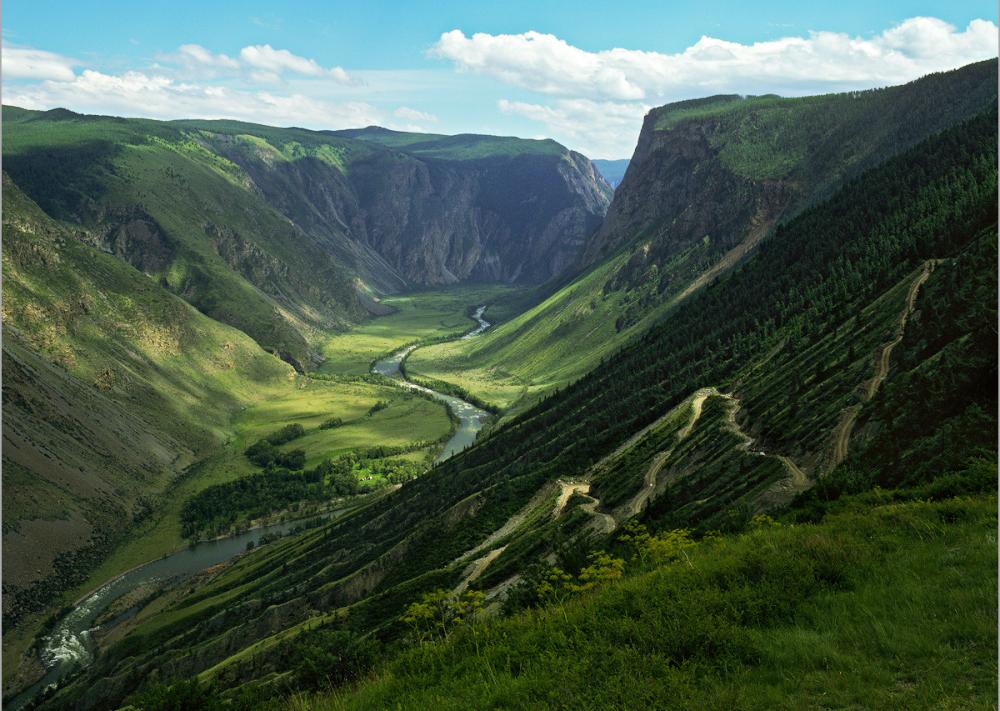Source google.com.pk
Forest Map
Approximately 240 million of the world's poor that live in forested areas of developing countries depend on forests for their livelihoods. Forest and its products provide cash income, jobs, and consumption goods for poor families. Forestry provides formal and informal employment for an estimated 40-60 million people. The sector contributes in some developing countries more than eight per cent to GDP. Timber may be the most important forest product, but forests are also harvested for fruits, herbs and honey as well as for wild animals. Less visible but not less important are the ecosystems services forests provide – such as for the hydrological cycle. Nevertheless, global forest cover has dropped by at least 20% since pre-agricultural times. While forest area increased slightly in the past thirty years in industrial countries, it has declined by almost 10% in developing countries in the same time period. According to the Food and Agriculture organization deforestation causes 25% of greenhouse gas emissions, and reducing this is a high priority on the global agenda. The map is a part of a set, presenting different natural resources, with a focus on developing countries, and the use of natural resources for economic growth and poverty alleviation.
Forests cover some 3.9 billion hectares (or 9.6 billion acres) which is approximately 30% of the World's land surface. FAO estimates that around 13 million hectares of forests were converted to other uses or lost through natural causes annually between 2000 and 2010. Their estimated annual rate of forest area increase was 5 million hectares.





Forest Map
Approximately 240 million of the world's poor that live in forested areas of developing countries depend on forests for their livelihoods. Forest and its products provide cash income, jobs, and consumption goods for poor families. Forestry provides formal and informal employment for an estimated 40-60 million people. The sector contributes in some developing countries more than eight per cent to GDP. Timber may be the most important forest product, but forests are also harvested for fruits, herbs and honey as well as for wild animals. Less visible but not less important are the ecosystems services forests provide – such as for the hydrological cycle. Nevertheless, global forest cover has dropped by at least 20% since pre-agricultural times. While forest area increased slightly in the past thirty years in industrial countries, it has declined by almost 10% in developing countries in the same time period. According to the Food and Agriculture organization deforestation causes 25% of greenhouse gas emissions, and reducing this is a high priority on the global agenda. The map is a part of a set, presenting different natural resources, with a focus on developing countries, and the use of natural resources for economic growth and poverty alleviation.
Forests cover some 3.9 billion hectares (or 9.6 billion acres) which is approximately 30% of the World's land surface. FAO estimates that around 13 million hectares of forests were converted to other uses or lost through natural causes annually between 2000 and 2010. Their estimated annual rate of forest area increase was 5 million hectares.
Forest Map

Forest Map

Forest Map

Forest Map

Forest Map

Forest Map
















































